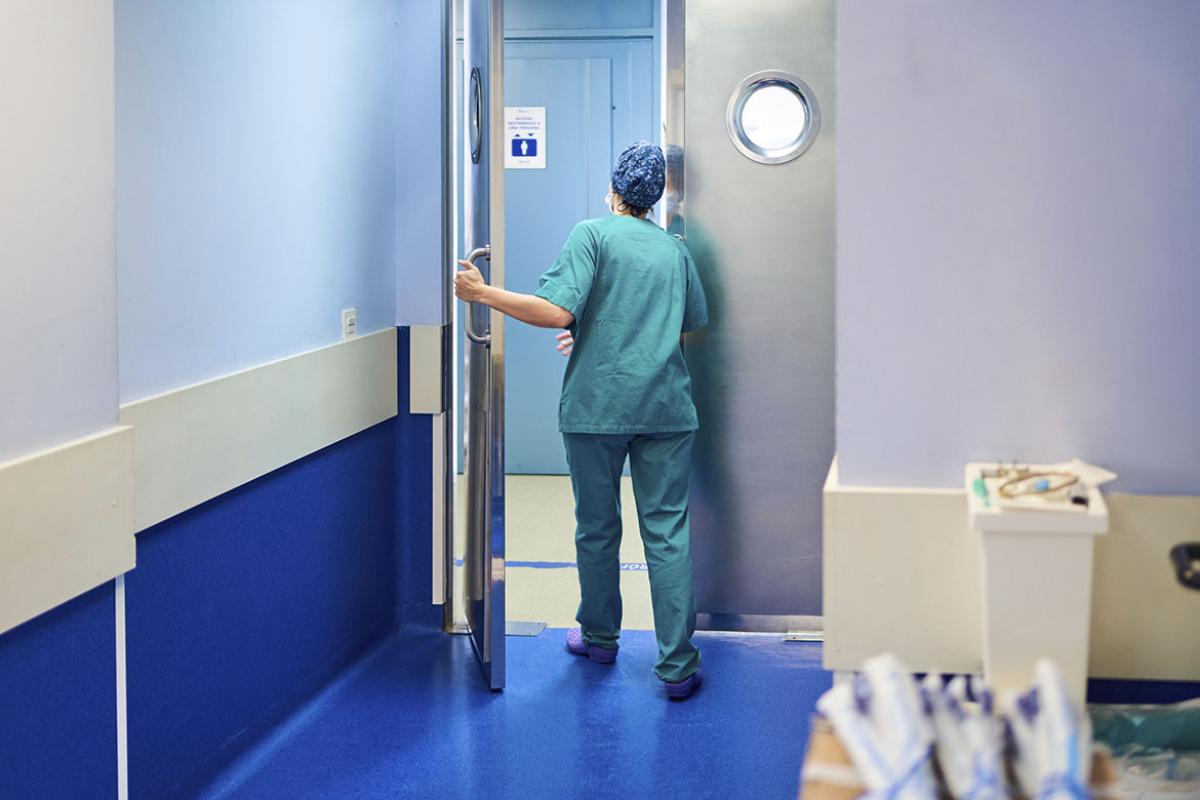Telehealth might be here to stay, but it remains a recent and often misunderstood addition to the medical education landscape. To make it work, faculty and administrators must understand what’s different between in-person and remote visits.
A recent webinar, "How to Incorporate Learners in Telehealth Encounters," produced by the AMA Accelerating Change in Medical Education Consortium, featured a presentation by Richard Van Eck, PhD, associate dean of teaching and learning at University of North Dakota School of Medicine and Health Sciences, who laid out the challenges and opportunities that come with this new instructional medium. Here’s some key takeaways.
Think different
Invoking Marshall McLuhan’s famous—and famously misinterpreted—catchphrase, The medium is the message, Van Eck pointed out, “when you have a message and you have a medium, if you don't pay attention to the design of each of those, then you'll be putting square pegs in round holes. You have to align the two.”
In the case of medical education, telehealth is the medium and education is the message.
“So the big picture is the message must conform to the media,” he said.
In a practical sense, this means that teaching—for centuries an in-person experience—has to adapt to new limitations and new sensibilities. This might sound straightforward, but it requires a nuanced understanding of how an encounter changes when it takes place remotely.
“One of the things that happens whenever you talk about technology … [is] we immediately think of all the things we can't do. And these are what we call in, my field, barriers,” he said, noting that new technology often has operational glitches.
But new technology also brings with it “affordances,” as Van Eck put it.
“Technology innovation also allows us to do things we couldn't do,” he said. “So yes, we have to change our procedures, but in some cases, those procedures can allow us to do things faster, better, or that we could not do at all in the past.”
Variation is good
One of those affordances is being in different places. So, while one member of the care team is doing one thing, another can be doing something else in support of it. The learner might suspect, for example, that there is some new thinking on a topic.
“The student can be looking that up and sending that [information] to the preceptor via a back channel communication or otherwise,” Van Eck said.
And then there’s the chat feature.
“This is a real affordance of technology if it's used well, but it requires some planning,” he added. “We used to worry as educators about students who were in the chat instead of paying attention to what was going on in class. But what the research has shown is that in most cases, the communication that goes on in the chat is in support of what's going on in the face-to-face environment.”
If you consider both the challenges and the opportunities inherent in telehealth, you can change your expectations of a patient encounter.
“Of course, you're going to need more than one template because your students will differ, your patients will differ, your technology platforms might change,” Van Eck said.
Change, in fact, is a theme of telehealth. You and your colleagues will all get better at it if you keep your eyes on certain principles.
“We want to minimize barriers and we want to maximize affordances,” he said. “That’s the key to any technology—including telehealth—when it comes to education.”
More on teaching telehealth
The webinar also featured presentations on the four quadrants of telehealth training from both the learner’s and the preceptor’s perspectives—optimizing logistics, building skills, facilitating learning and innovating—as well as considerations and strategies for faculty development. Presentation slides and a video recording are available in the AMA Accelerating Change in Medical Education digital community (registration required).



